Spotted on Monte Horizonte in the Alentejo region of Portugal. Nuthach sound
The Nuthaches are a genus, Sitta, of small passerine birds belonging to the family Sittidae. Characterised by large heads, short tails, and powerful bills and feet, Nuthaches advertise their territory using loud, simple songs. Most species exhibit grey or bluish upperparts and a black eye stripe.

More photos at the bottom of this page:
Most Nuthaches breed in the temperate or montane woodlands of the Northern Hemisphere, although two species have adapted to rocky habitats in the warmer and drier regions of Eurasia. However, the greatest diversity is in Southern Asia, and similarities between the species have made it difficult to identify distinct species. All members of this genus nest in holes or crevices. Most species are non-migratory and live in their habitat year-round, although the North American Red-breasted Nuthach migrates to warmer regions during the winter. A few Nuthach species have restricted ranges and face threats from deforestation.
Nuthaches are omnivorous, eating mostly insects, nuts and seeds. They forage for insects hidden in or under bark by climbing along tree trunks and branches, sometimes upside down. They forage within their territories when breeding, but may join mixed feeding flocks at other times. Their habit of wedging a large food item in a crevice and then hacking at it with their strong bills gives this group its English name.
Nuthaches are all in the genus Sitta (Linnaeus, 1758), a name derived from sitt?, Ancient Greek for this bird. Nuthach refers to the propensity of some species to wedge a large insect or seed in a crack and hack at it with their strong bills.
The family Sittidae consists of two subfamilies: the subfamily Sittinae, made up of the “true” Nuthaches, and the subfamily Tichodromadinae, made up of only the Wallcreeper. Morphologically intermediate between the Nuthaches and the treecreepers, the Wallcreeper’s plumage texture and the shape and pattern of its tail suggest that it is closer to the Sittinae. The position of the Wallcreeper is however not fully resolved. Some taxonomists place the Nuthaches and treecreepers in a larger group with the wrens and gnatcatchers. This superfamily, the Certhioidea, is supported by phylogenetic studies using mitochondrial and nuclear DNA, and forms a sister clade of the Sylvioidea within the passerine birds. The fossil record for this group is restricted to a foot bone of an early Miocene bird from Bavaria, Certhiops rummeli, which has been identified as an extinct member of the Certhioidea clade.
Species boundaries in the Nuthaches are difficult to define. The Red-breasted Nuthach, Corsican Nuthach and Chinese Nuthach have breeding ranges separated by thousands of kilometres, but are similar in habitat preference, appearance and song. They were formerly considered to be one species, but are now normally split into three and comprise a superspecies along with the Krüper’s and Algerian Nuthach. Unusually for Nuthaches, all five species excavate their own nests. The Eurasian, Chestnut-vented, Kashmir and Chestnut-bellied Nuthaches form another superspecies and replace each other geographically across Asia. They are currently considered to be four separate species, but the south-Asian forms were once believed to be a subspecies of the Eurasian Nuthach. A recent proposed change in this taxonomy is a split of the Chestnut-bellied Nuthach into two species, namely the Indian Nuthach, Sitta castanea, found south of the Ganges, and the Chestnut-bellied Nuthach sensu strictu, S. cinnamoventris, which occurs in the Himalayas.
The Nuthach Vanga of Madagascar and the sitellas from Australia and New Guinea were once placed in the Nuthach family because of similarities in appearance and lifestyle, but they are not closely related. The resemblances arose via convergent evolution to fill an ecological niche.
A 2006 review of Asian Nuthaches suggested that there are still unresolved problems in Nuthach taxonomy and proposed splitting the genus Sitta. This suggestion would move the red- and yellow-billed south Asian species (Velvet-fronted, Yellow-billed and Sulphur-billed Nuthaches) to a new genus, create a third genus for the Blue Nuthach, and possibly a fourth for the Beautiful Nuthach. Mitochondrial DNA studies have demonstrated that the white-breasted northern subspecies of Eurasian Nuthach, S. (europea) arctica, is distinctive and also a possible candidate for full species status.
The Red-breasted Nuthach has a call like a tin trumpet. Nuthaches are compact birds with short legs, compressed wings, and square 12-feathered tails. They have long, sturdy, pointed bills and strong toes with long claws. Nuthaches have blue-grey backs (violet-blue in some Asian species, which also have red or yellow bills) and white underparts, which are variably tinted with buff, orange, rufous or lilac. Although head markings vary between species, a long black eye stripe, with contrasting white supercilium, dark forehead and blackish cap is common. The sexes look similar, but may differ in underpart colouration, especially on the rear flanks and under the tail. Juveniles and first-year birds can be almost indistinguishable from adults.
The sizes of Nuthaches vary, from the large Giant Nuthach, at 195 mm (7.75 in) and 36–47 g (1.3–1.6 oz), to the small Brown-headed Nuthach and the Pygmy Nuthach, both around 100 mm (4 in) in length and about 10 g (0.36 oz).
Nuthaches are very vocal, using an assortment of whistles, trills and calls. Their breeding songs tend to be simple and often identical to their contact calls but longer in duration. The Red-breasted Nuthach, which coexists with the Black-capped Chickadee throughout much of its range, is able to understand the latter species’ calls. The chickadee has subtle call variations that communicate information about the size and risk of potential predators. Many birds recognise the simple alarm calls produced by other species, but the Red-breasted Nuthach is able to interpret the chickadees’ detailed variations and to respond appropriately.
The species diversity for Sittidae is greatest in southern Asia (possibly the original home of this family), where about 15 species occur, but it has representatives across much of the Northern Hemisphere. The currently recognised Nuthach species are tabulated below.
Most Nuthaches are woodland birds and the majority are found in coniferous or other evergreen forests, although each species has a preference for a particular tree type. The strength of the association varies from the Corsican Nuthach, which is closely linked with Corsican Pine, to the catholic habitat of the Eurasian Nuthach, which prefers deciduous or mixed woods but breeds in coniferous forests in the north of its extensive range. However, the two species of rock Nuthaches are not strongly tied to woodlands: they breed on rocky slopes or cliffs, although both move into wooded areas when not breeding. In parts of Asia where several species occur in the same geographic region, there is often an altitudinal separation in their preferred habitats.
Nuthaches prefer a fairly temperate climate; northern species live near sea level whereas those further south are found in cooler highland habitats. Eurasian and Red-breasted Nuthaches are lowland birds in the north of their extensive ranges, but breed in the mountains further south; for example, Eurasian Nuthach, which breeds where the July temperature range is 16–27 °C, is found near sea level in Northern Europe, but between 1,750 and 1,850 m (5,700–6,100 ft) altitude in Morocco. The Velvet-fronted Nuthach is the sole member of the family which prefers tropical lowland forests.
Cross-section of a Western Rock Nuthach nest cavity with a mud wall and tunnel across its entrance. All Nuthaches nest in cavities; except for the two species of rock Nuthaches, all use tree holes, making a simple cup lined with soft materials on which to rest eggs. In some species the lining consists of small woody objects such as bark flakes and seed husks, while in others it includes the moss, grass, hair and feathers typical of passerine birds.
Members of the Red-breasted Nuthach superspecies excavate their own tree holes, although most other Nuthaches use natural holes or old woodpecker nests. Several species reduce the size of the entrance hole and seal up cracks with mud. The Red-breasted Nuthach makes the nest secure by daubing sticky conifer resin globules around the entrance, the male applying the resin outside and the female inside. The resin may deter predators or competitors (the resident birds avoid the resin by diving straight through the entrance hole). The White-breasted Nuthach smears blister beetles around the entrance to its nest, and it has been suggested that the unpleasant smell from the crushed insects deters squirrels, its chief competitor for natural tree cavities.
The Western Rock Nuthach builds an elaborate flask-shaped nest from mud, dung and hair or feathers, and decorates the nest’s exterior and nearby crevices with feathers and insect wings. The nests are located in rock crevices, in caves, under cliff overhangs or on buildings. The Eastern Rock Nuthach builds a similar but less complex structure across the entrance to a cavity. Its nest can be quite small but may weigh up to 32 kg (70 lb). This species will also nest in river banks or tree holes and will enlarge its nest hole if it the cavity is too small.
The Great Spotted Woodpecker is a serious predator of Eurasian Nuthach nests. Nuthaches are monogamous and pair for life. The female produces eggs that are white with red or yellow markings; the clutch size varies, tending to be larger for northern species. The eggs are incubated for 12 to 18 days by the female alone, or by both parents, depending on the species. The altricial (naked and helpless) chicks take between 21 and 27 days to fledge. Both parents feed the young, and in the case of two American species, Brown-headed and Pygmy, helper males from the previous brood may assist the parents in feeding.
For the few species on which data are available, the average Nuthach lifespan in the wild is between 2 and 3.5 years, although ages of up to 10 years have been recorded. The Eurasian Nuthach has an adult annual survival rate of 53% and the male Corsican Nuthach 61.6%. Nuthaches and other small woodland birds share the same predators: accipiters, owls, squirrels and woodpeckers. An American study showed that Nuthach responses to predators may be linked to reproductive strategies. It measured the willingness of males of two species to feed incubating females on the nest when presented with models of a Sharp-shinned Hawk, which hunts adult Nuthaches, or a House Wren, which destroys eggs. The White-breasted Nuthach is shorter-lived than the Red-breasted Nuthach, but has more young, and was found to respond more strongly to the egg predator, whereas the Red-breasted showed greater concern with the hawk. This supports the theory that longer-lived species benefit from adult survival and future breeding opportunities while birds with shorter life spans place more value on the survival of their larger broods.
Cold can be a problem for small birds that do not migrate. Communal roosting in tight huddles can help conserve heat and several Nuthach species employ it—up to 170 Pygmy Nuthaches have been seen in a single roost. The Pygmy Nuthach is able to lower its body temperature when roosting, conserving energy through hypothermia and a lowered metabolic rate.
Eurasian Nuthach on a garden bird feederNuthaches forage along tree trunks and branches and are members of the same feeding guild as woodpeckers. Unlike woodpeckers and treecreepers, however, they do not use their tails for additional support, relying instead on their strong legs and feet to progress in jerky hops. They are able to descend head-first and hang upside-down beneath twigs and branches. Krüper’s Nuthach can even stretch downward from an upside-down position to drink water from leaves without touching the ground. Rock Nuthaches forage with a similar technique to the woodland species, but seek food on rock faces and sometimes buildings. When breeding, a pair of Nuthaches will only feed within their territory, but at other times will associate with passing tits or join mixed-species feeding flocks.
Insects and other invertebrates are a major portion of the Nuthach diet, especially during the breeding season, when they rely almost exclusively on live prey, but most species also eat seeds during the winter, when invertebrates are less readily available. Larger food items, such as big insects, snails, acorns or seeds may be wedged into cracks and pounded with the bird’s strong bill. Unusually for a bird, the Brown-headed Nuthach uses a piece of tree bark as a lever to pry up other bark flakes to look for food; the bark tool may then be carried from tree to tree or used to cover a seed cache.
All Nuthaches appear to store food, especially seeds, in tree crevices, in the ground, under small stones, or behind bark flakes, and these caches are remembered for as long as 30 days. Similarly, the rock Nuthaches wedge snails into suitable crevices for consumption in times of need. European Nuthaches have been found to avoid using their caches during benign conditions in order to save them for harsher times.
White-breasted Nuthach, common in much of North AmericaSome Nuthaches, such as the Eurasian Nuthach and the North American species, have extensive ranges and large populations, and few conservation problems, although locally they may be affected by woodland fragmentation. In contrast, some of the more restricted species face severe pressures.
The endangered White-browed Nuthach is found only in the Mount Victoria area of Burma, where forest up to 2,000 m (6,560 ft) above sea level has been almost totally cleared and habitat between 2,000–2,500 m (6,560–8200 ft) is heavily degraded. Nearly 12,000 people live in the Natma Taung national park which includes Mount Victoria, and their fires and traps add to the pressure on the Nuthach. The population of the White-browed Nuthach, estimated at only a few thousand, is decreasing, and no conservation measures are in place. The Algerian Nuthach is found in only four areas of Algeria, and it is possible that the total population does not exceed 1,000 birds. Fire, erosion, and grazing and disturbance by livestock have reduced the quality of the habitat, despite its location in the Taza National Park.
Deforestation has also caused population declines for the vulnerable Yunnan and Yellow-billed Nuthaches. The Yunnan Nuthach can cope with some tree loss, since it prefers open pine woodland, but although still locally common, it has disappeared from several of the areas in which it was recorded in the early 20th century. The threat to Yellow-billed is particularly acute on Hainan, where more than 70% of the woodland has been lost in the past 50 years due to shifting cultivation and the use of wood for fuel during Chinese government re-settlement programmes.
Krüper’s Nuthach is threatened by urbanisation and development in and around mature coniferous forests, particularly in the Mediterranean coastal areas where the species was once numerous. A law promoting tourism came into force in Turkey in 2003, further exacerbating the threats to their habitat. The law reduced bureaucracy and made it easier for developers to build tourism facilities and summer houses in the coastal zone where woodland loss is a growing problem for the Nuthach.
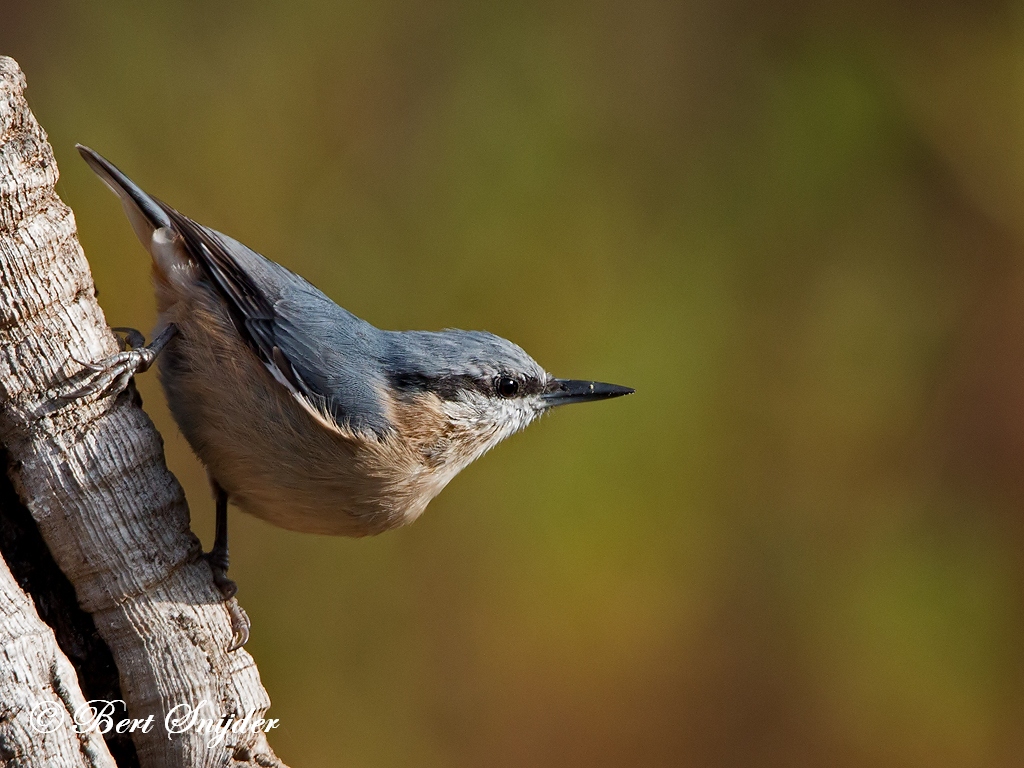
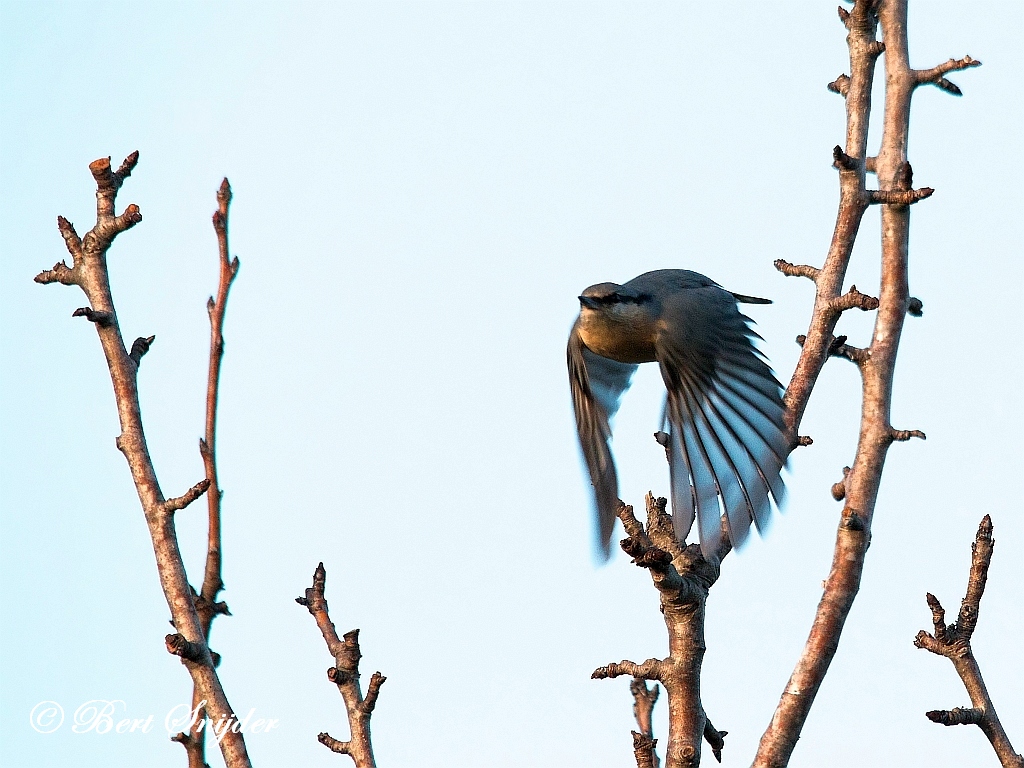
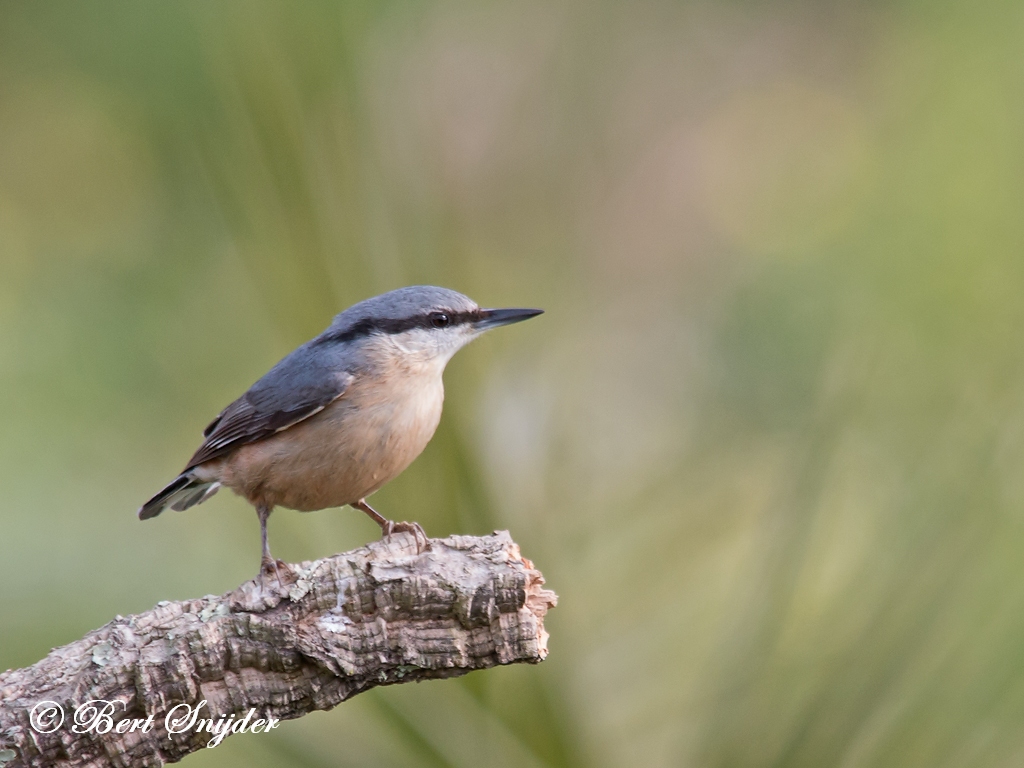



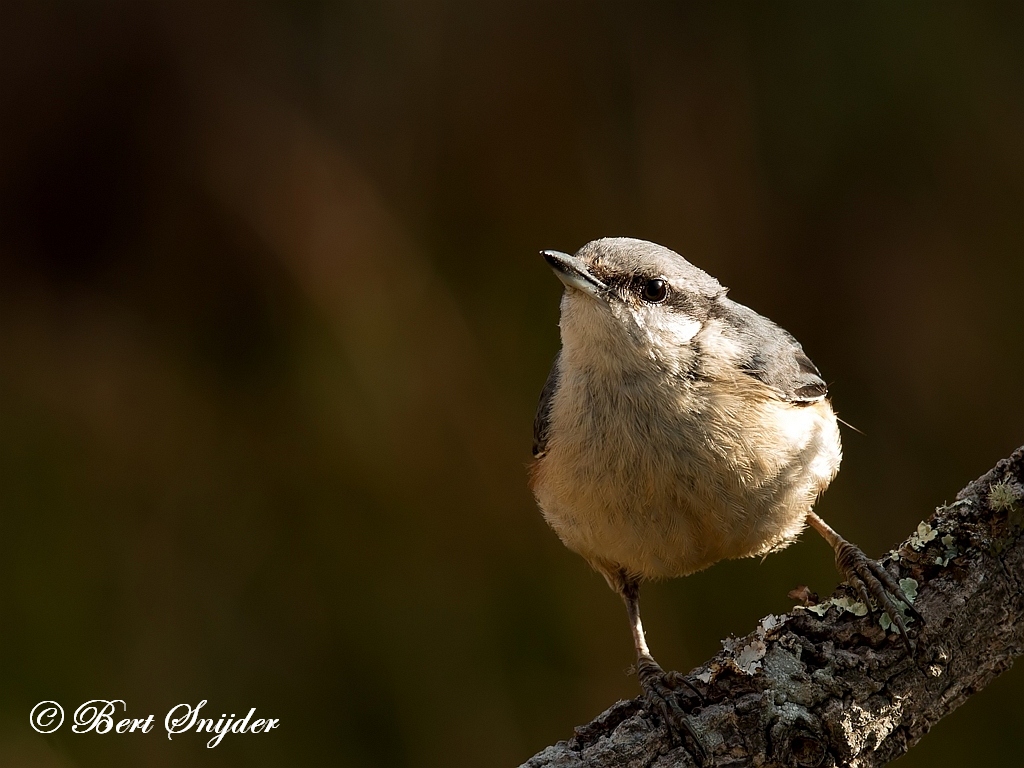
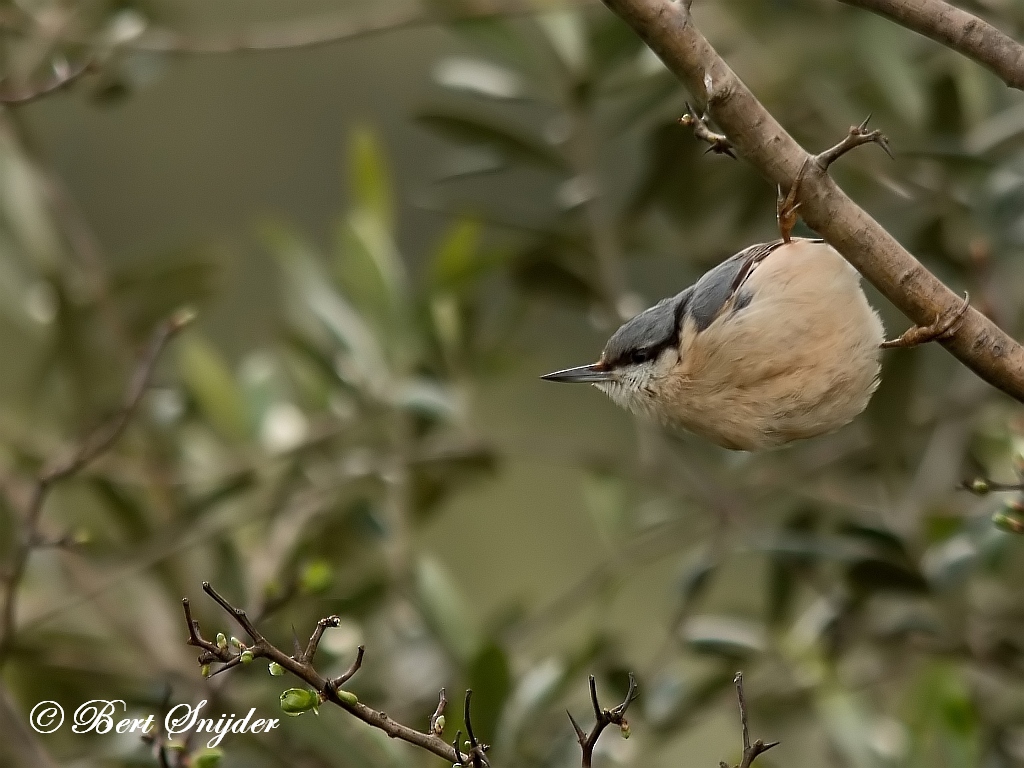
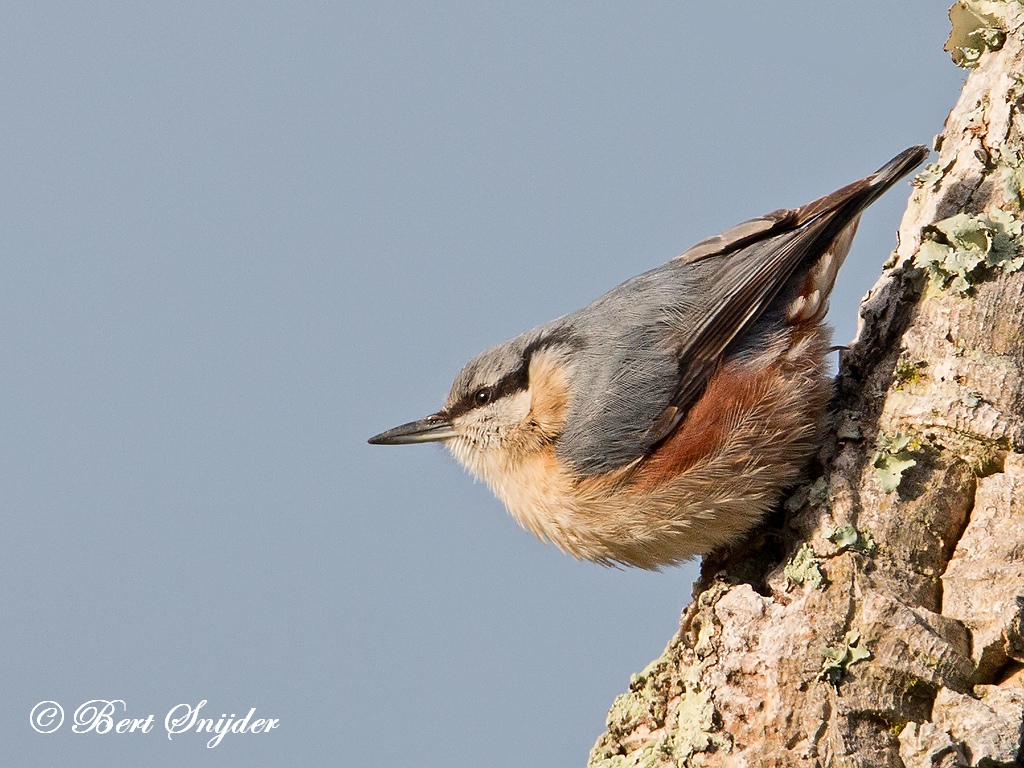

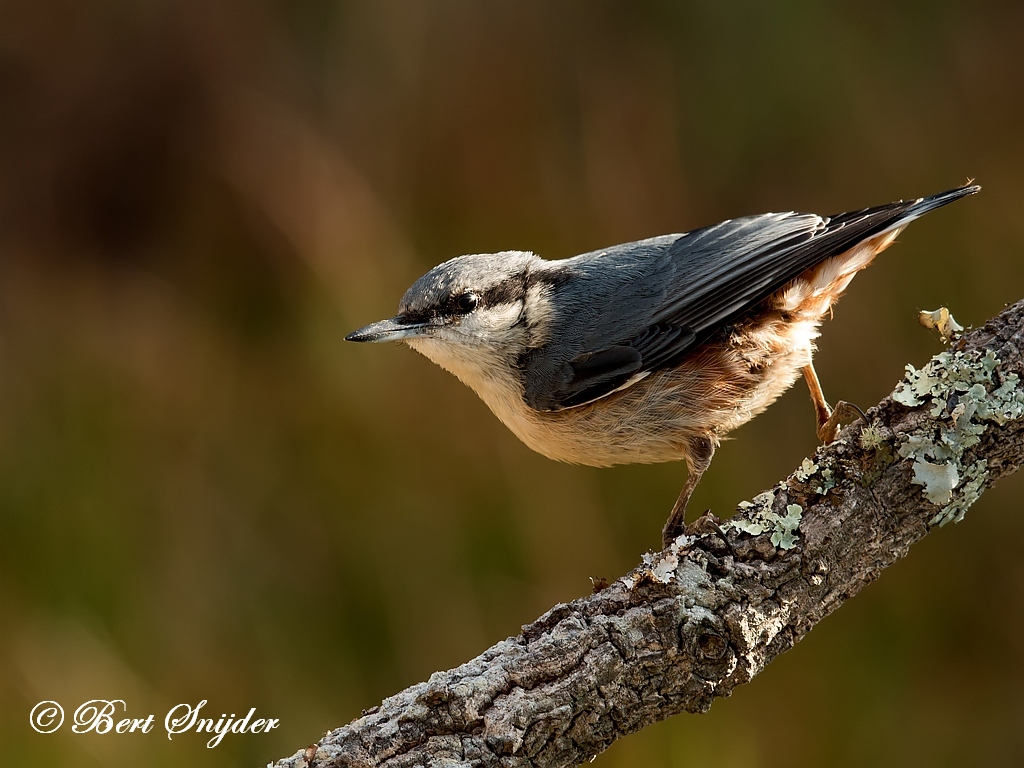
Other synonyms:
Asturian: Martarinete
Azerbaijani: Adi sitta
Breton: Ar pokerig-kraoñ
Catalan: Pica-soques blau
Czech: Brhlík lesní
Welsh: Cnocell y cnau, Delor y cnau, Telor y cnau
Danish: Lysbuget Spætmejse, Spætmejse
German: Kleiber, Skandinavischer Kleiber, Spechtmeise
English: Chinese Nuthach, Common Nuthach, Eurasian Nuthach, European Nuthach, Nuthach, Skandinavian Nuthach, Wood Nuthach
Esperanto: sito
Spanish: Carbonero común, Sita de Eurasia, Trepador Azul, Trepador común
Estonian: Puukoristaja
Basque: Garrapo, Garrapoa, Pica-soques blau
Finnish: Pähkinänakkeli
Faroese: Rennisveinur
French: Sittelle torchepot, Torchepot
Frisian: Blauspjocht
Irish: Cnóshnag
Gaelic: Sgoltan
Galician: Gabeador azul, Pica-soques blau
Manx: Scolteyder croiyn
Croatian: Brgljez
Hungarian: Csuszka
Icelandic: Hnotigða
Italian: Picchio muratore, Picchio muratore eurasiatico, Picchio muratore europeo, Picchio muratore scandinavo
Japanese: gojuugara, gojuukara, Gojuu-kara
Cornish: Terrer know
Latin: Sitta [europaea or arctica], Sitta europaea, Sitta europaea atlas, Sitta europaea europaea, Sitta europaea europea, Sitta europea, Sitta europea europea
Limburgish: Azuurmees
Lithuanian: Bukutis, Vilkutis
Dutch: Boomklever
Norwegian: Spettmeis
Polish: kowalik, kowalik skandynawski, kowalik zwyczajny
Portuguese: trepadeira azul, Trepadeira-azul
Romansh: Pitgarel
Russian: Obyknovenny Popolzen
Scots: Sgoltan
Slovak: Brhlík lesný, brhlík obycajný
Slovenian: brglez, evroazijski brglez
Albanian: Zvarritësi i zakonshëm
Serbian: brgljez, brgljez puzavac, Brgljez, puzavac, puzavac
Swedish: Nötväcka
Travel Birdwatching Holiday Alentejo, Vacation Portugal for birders guided birdwatching Tours and Trips.